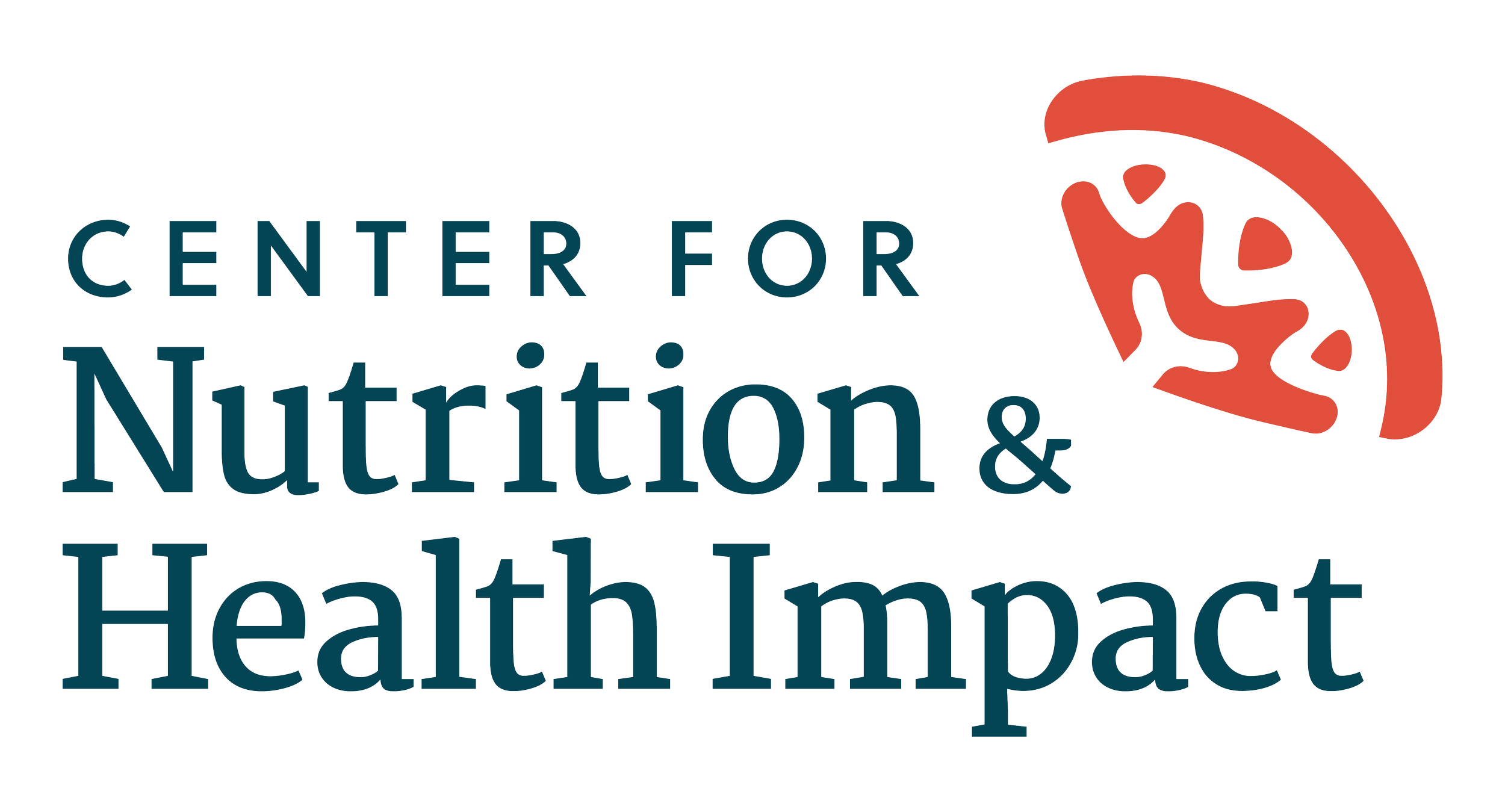------- + -------
Food Is Medicine (FIM)
Project Description
Food is Medicine (FIM) programs integrate with the health care system to provide healthy food to prevent, manage or treat specific health conditions (Volpp et al., 2023). FIM programs support people’s health by making it easier for them to access and eat fruits, vegetables and other healthy foods. FIM programs are often prescribed by health care professionals to address chronic conditions like diabetes, heart disease, cancer or kidney disease. Two of the most common forms of FIM programs are produce prescriptions and medically tailored meals. Most FIM programs serve people who are experiencing specific health conditions, food insecurity and limited income.
The Center for Nutrition & Health Impact’s (CNHI) work with FIM programs aligns well with our mission to strengthen public health initiatives through rigorous research, program evaluation and collaborative partnerships. Many FIM programs share CNHI’s emphasis on supporting communities’ access to nourishing food and long, healthy lives. For these reasons, CNHI provides evaluation and technical assistance support to several FIM programs across the United States.
Our FIM work emphasizes approaches that center communities’ voices alongside data from health systems and food systems. CNHI’s portfolio of FIM evaluations incorporates patient interviews, electronic health records, insurance claims data and economic data. We lead rigorous evaluations that inform strategy to improve reimbursement of FIM programs. CNHI is working to advance knowledge about effective screening for nutrition security and other health-related needs. As described in [the project summaries below], we partner with large and small organizations to ensure quality implementation of their national, regional and local FIM programs.

